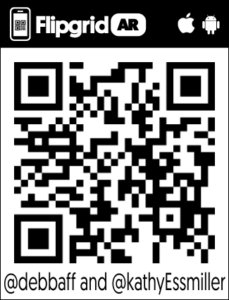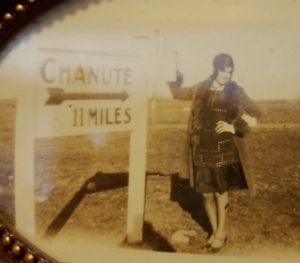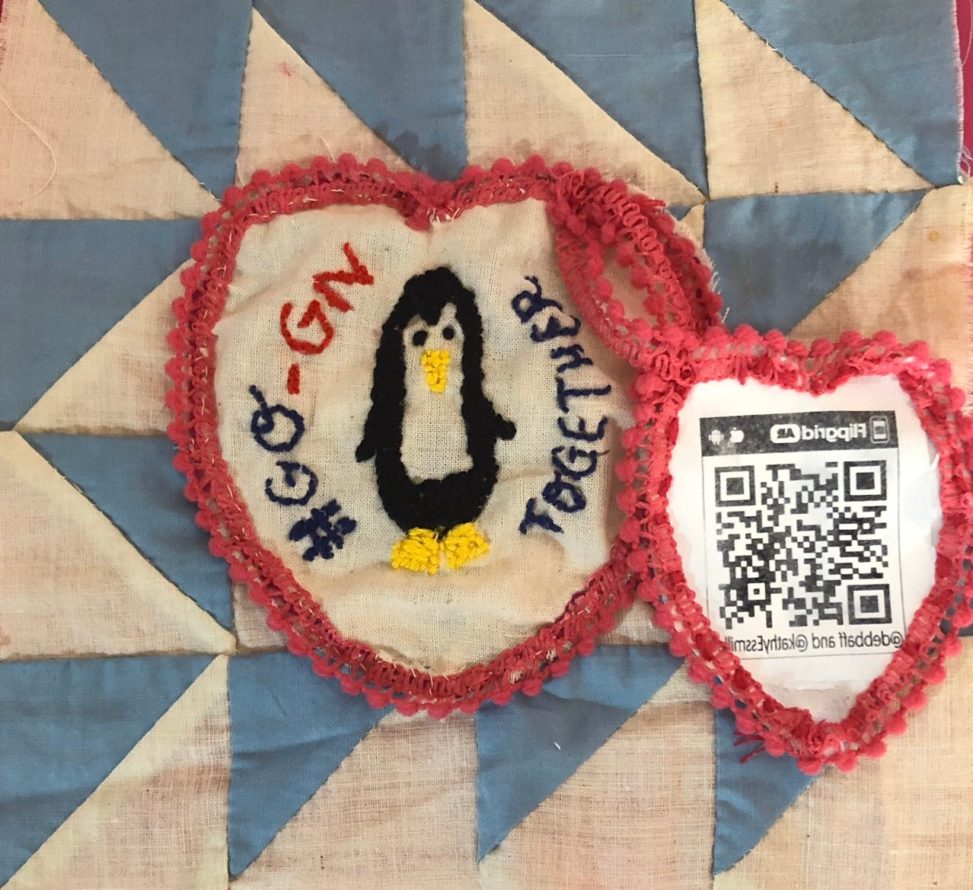Visit our Adobe Spark Digital Story
or watch us talk about it here …
Our Collaboration
Our collaborative quilt square was inspired by our connection with the GO_GN Global OER Graduate Network . Kathy and I met online though the GO_GN network at a webinar. We got on really well during that webinar and decided to collaborate together. So far we have now collaborated twice, once on this quilt square and we also have had a submission accepted for the #OER20 Conference Care in Openness‘.
Our Quilt Square
We both brainstormed some ideas on what we wanted to do and decided to connect our Quilt Square with the session that we are running at #OER20 ‘The Global Heart of Go-GN’. Our abstract for that session can be seen here. To reflect the connection of the two aspects, our title for the quilt square has become simply ‘ Visualising the Global Heart of Go-Gn’ as we believe this represents both our love of the community and speaks to the many links and connections across time and space that we have encountered during our collaborations.
What We Did
Kathy very generously provided a vintage quilt square which was made by her grandma. Kathy sent the quilt square by post from the USA all the way across the water to Wales, UK. We worked together to decide on a theme and how we could repurpose the square for our contribution. We settled on the image of a penguin, the symbol of the GO_GN community. I decided to hand draw and stitch the penguin, the hashtag #GO_GN and the word ‘Together’ , as this draws on our motto for the community ‘Tuko Pamoja’ which is Kiswahili for ‘We are together’.
As a complete novice, I was quite worried about the look of my stitching, especially compared to some of the other amazing contributions but I am pleased with the outcome for a first time effort. I was also scared about making a mess of Kathy’s grandma’s lovely quilt square so I used additional fabric to embroider the penguin and wording onto stitching just in case !
Augmented Reality
We wanted to somehow bring our story to life from within the Quilt. So we decided to recorded a video and upload it to Flipgrid . This allowed me to generate a QR Code using the Flipgrid Augmented Reality function. I just love this function and think that it has so much potential for learning and teaching.
If you download the Flipgrid App and scan the QR Code it makes the video pop out from within the quilt square but you can still see the physical artefact of what you are looking at via the clever Flipgrid Augmented Reality function.

You can also just scan the QR Code with a normal QR Code reader without using the app and get taken to the Flipgrid Website to watch the video there.
As I was concerned about the QR Code going over the edge of the square and making it difficult for sewing the quilt together I decided to attach it with a ‘dangly’ ribbon. Eagle eyed people may spot that the Flipgrid wording is inverted – this is because I transferred the image from paper to fabric and it flipped it around. I didn’t have enough time to redo it so it is there in all it’s glory ( and as Kathy says it makes it fun and whimsical ! )
The Material for the Quilt Square
Linking across time and spaces to create a collaborative quilt square for #FemEdTechQuilt
Beulah Sumner
Kathy’s grandma’s name was Beulah Sumner. This is her story in Kathy’s words. This photo was taken in the 1920’s.

Kathy’s Grandma
“She was born on a farm, and she was raised by her father and brothers as her mother died when she was very young. After 8th grade, her father said ‘that’s all the education you need’ and my Grandma said ‘no it isn’t’. She left the farm and went into Independence (a small town nearby) and got a job with a family, caring for their kids, cooking and keeping house so she could continue her education. She ended up completing two years of community college.
This quilt square is from some squares she had stitched which didn’t make it into a quilt. She stitched quilt squares using scraps from dresses my mom had worn out. The dresses themselves were an example of reuse — the fabric my Grandma used to make the dresses came from the sacks of feed the family used to feed their livestock. My mom (now 87) remembers going with Grandma down to the feed store to pick out the feed so she would have a say in what her dresses looked like. It took three feed sacks to make a dress, and according to my mom, you had to be careful not to get a feed sack with mouse holes in it!
My Grandma remained curious her entire life, and set an example for service through relationship that our entire family tries to emulate. My family is so proud and thankful that our Grandma, who stood up to her dad and said ‘I will continue to learn’, is represented in this global collaboration”
‘I will continue to learn’,
Our Motivations for Collaboration
Kathy : “I heard about GO_GN from Jennifer Englund, who attended OER19 with GO-GN last year. I began following the conversations which came out of OER19, and digging into the work undertaken by members of GO-GN. I was drawn to the emphasis on caring relationships evidenced in this work, and the commitment on the part of these scholars to honoring others in providing broad access to learning opportunities. In short, they just all seemed so nice. I wanted to be part of it. A scholarly community which demonstrates and strengthens its commitment to hearing and honoring all voices by creating a quilt — what a wonderful way to celebrate. I met Deb in a webinar, and in that short time was taken by her kindness and joy. Collaborating with her in such a meaningful project seemed a wonderful way to step into the conversation.”
Debbie : I found out about GO-GN through Chrissi Nerantzi , my much loved friend and unofficial mentor who is now an alumni of GO-GN ( and continues to constantly inspire me in nearly every way possible ! ). I have been a member of GO-GN for a few years and was funded by them to attend their annual seminar before last year’s #OER19 Conference in Galway, Ireland . Coincidentally, at the seminar I met and spent time the lovely Jennifer Englund ( who by the way is simply awesome – we have a shared love of chocolate and studying !) I have found so much support from the many wonderful people through GO-GN the ethos of care in the community is evident in so many ways. It was amazing to meet many of them in person in Galway and wrote about this in my blog. Meeting Kathy during the GO_GN Webinar was so lovely. We clicked straight away and shared many insights of doing a part time PhD and swapped stories and hints and tips. I was delighted when she suggested we collaborate together. She is a brilliant colleague to work with and is just simply fabulous. I’ve loved working with her and am really looking forward to meeting her in person at #OER20 The Care in Openness in April. I’m super excited to see where we go next on our journey together.
About GO_GN
‘GO-GN the Global OER Graduate Network, is a network of PhD Candidates around the world whose research projects include a focus on open education. Over two hundred experts, supervisors, mentors and interested parties connect to form a community of practice.’ (Go-GN 2019). Funded through the OER programme of The William and Flora Hewlett Foundation and administered by the Open Education Research Hub from the Institute of Educational Technology at the Open University, UK, GO-GN has placed values of trust, empathy, responsibility and sharing at the heart of its community. GO-GN intentionally creates spaces through which community members reflexively engage the “experiential wisdom” of their colleagues (Motta & Bennett, 2018, p. 636). Centered in the shared conviction that ‘We are Together’, community members are attentive to an “ethos of care” as they integrate caring relationships into their study of open education, care-fully participating in its innovative “possible becomings” (Bellacasa, 2011, p. 100).
Shared by: Debbie Baff @debbaff and Kathy Essmiller @KathyEssmiller
Reuse License: CC BY Creative Commons By Attribution
Attribution Text:
Edit Link: (emailed to author)
Request Now


